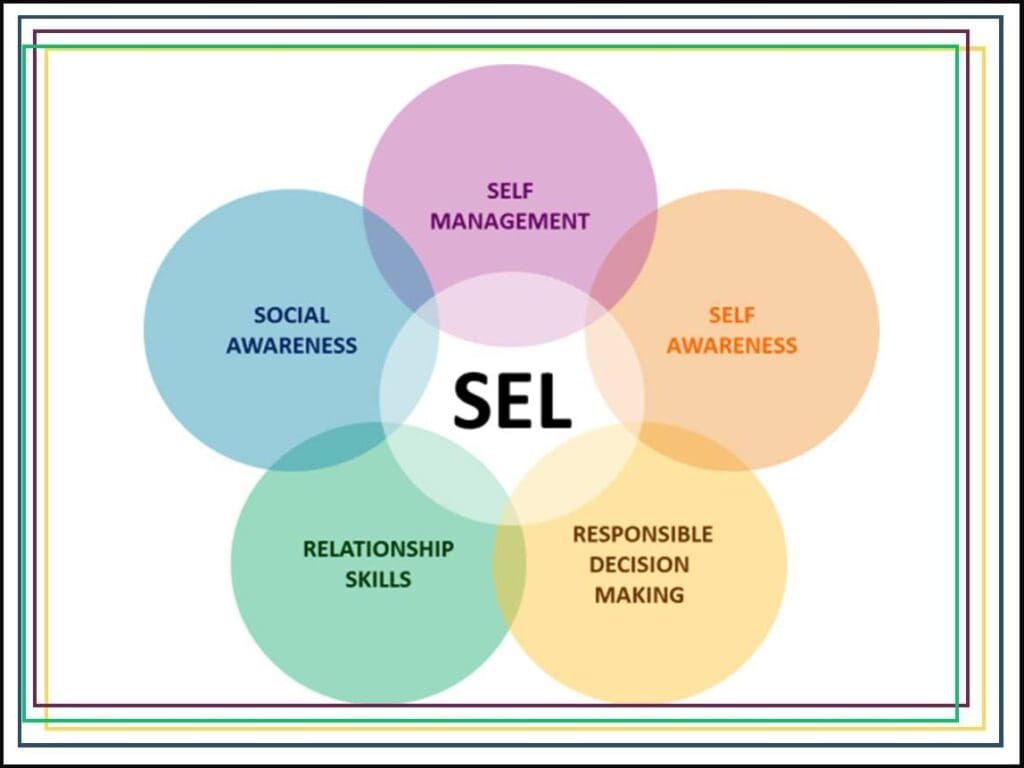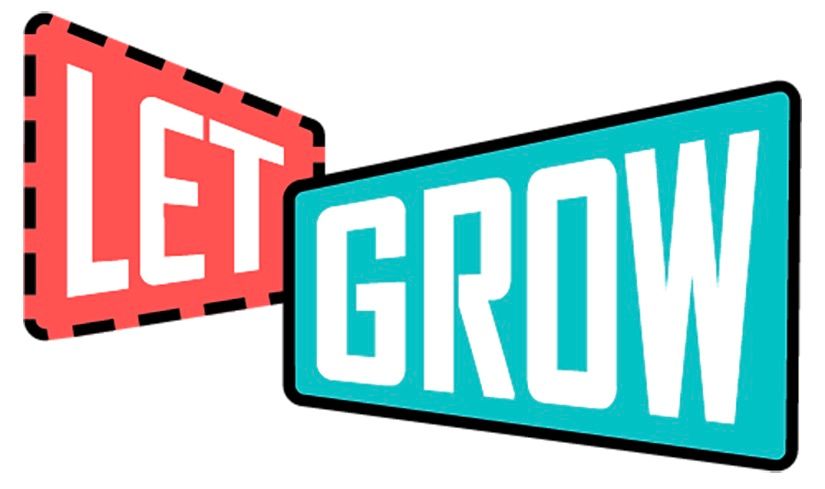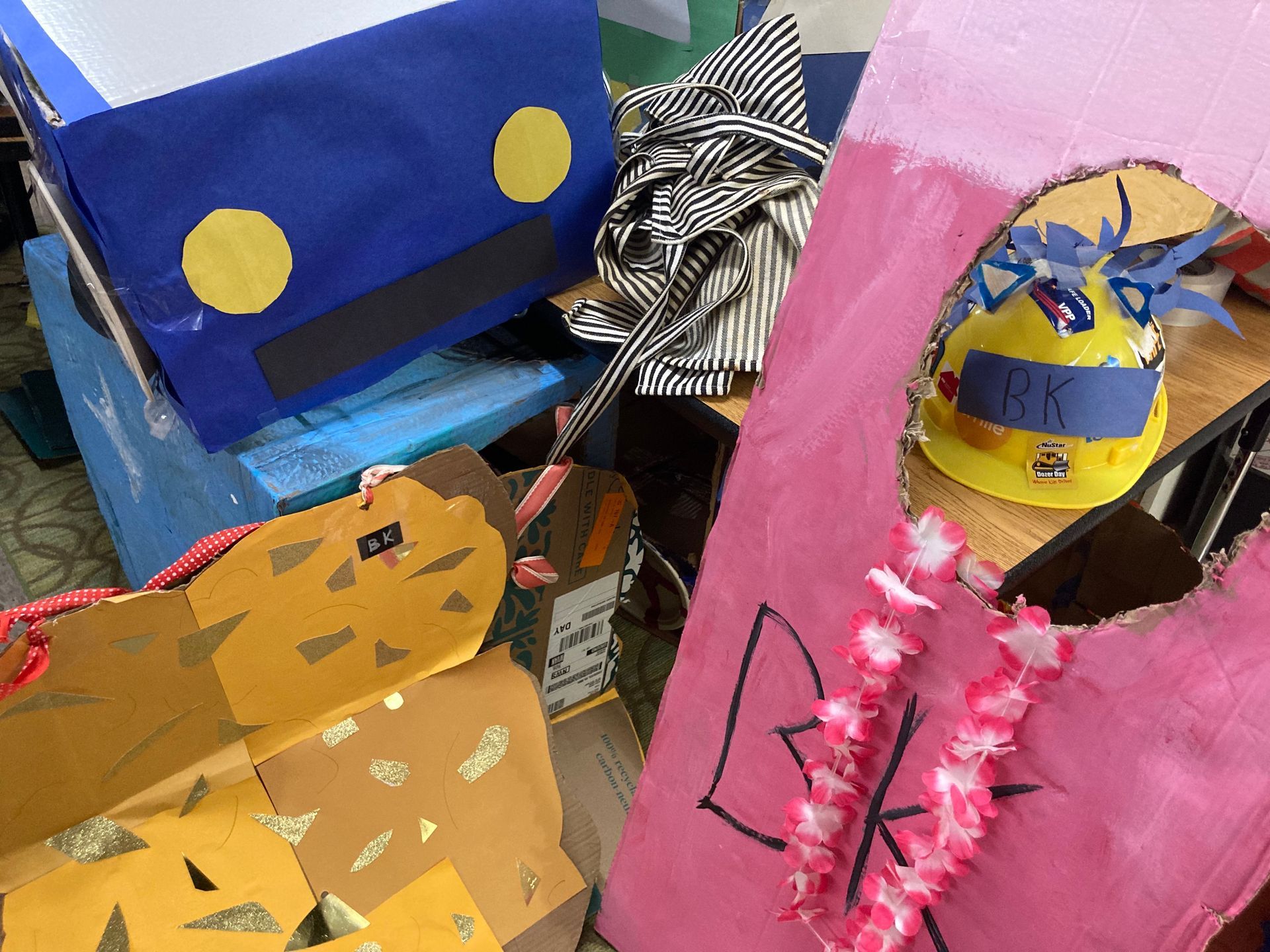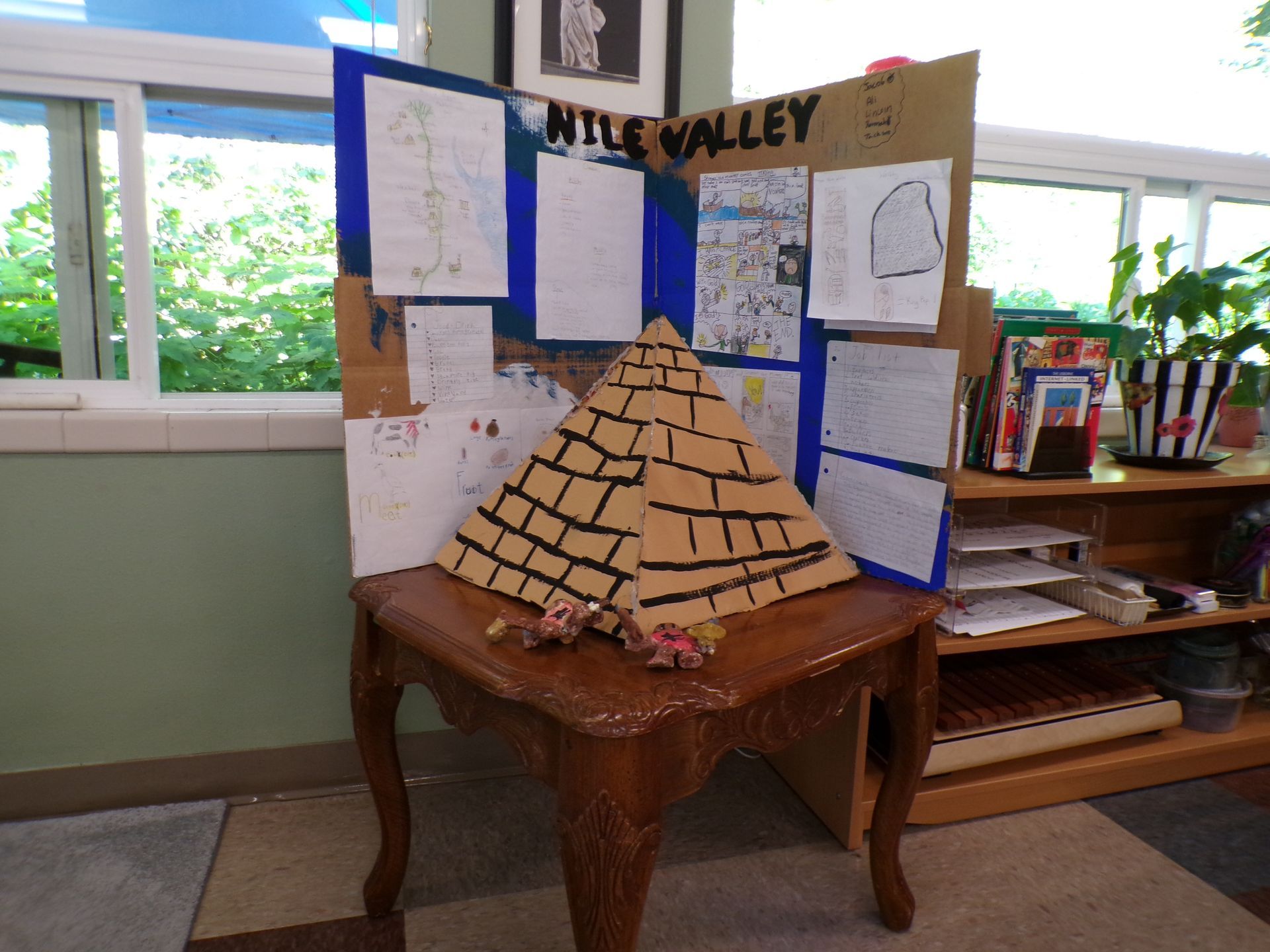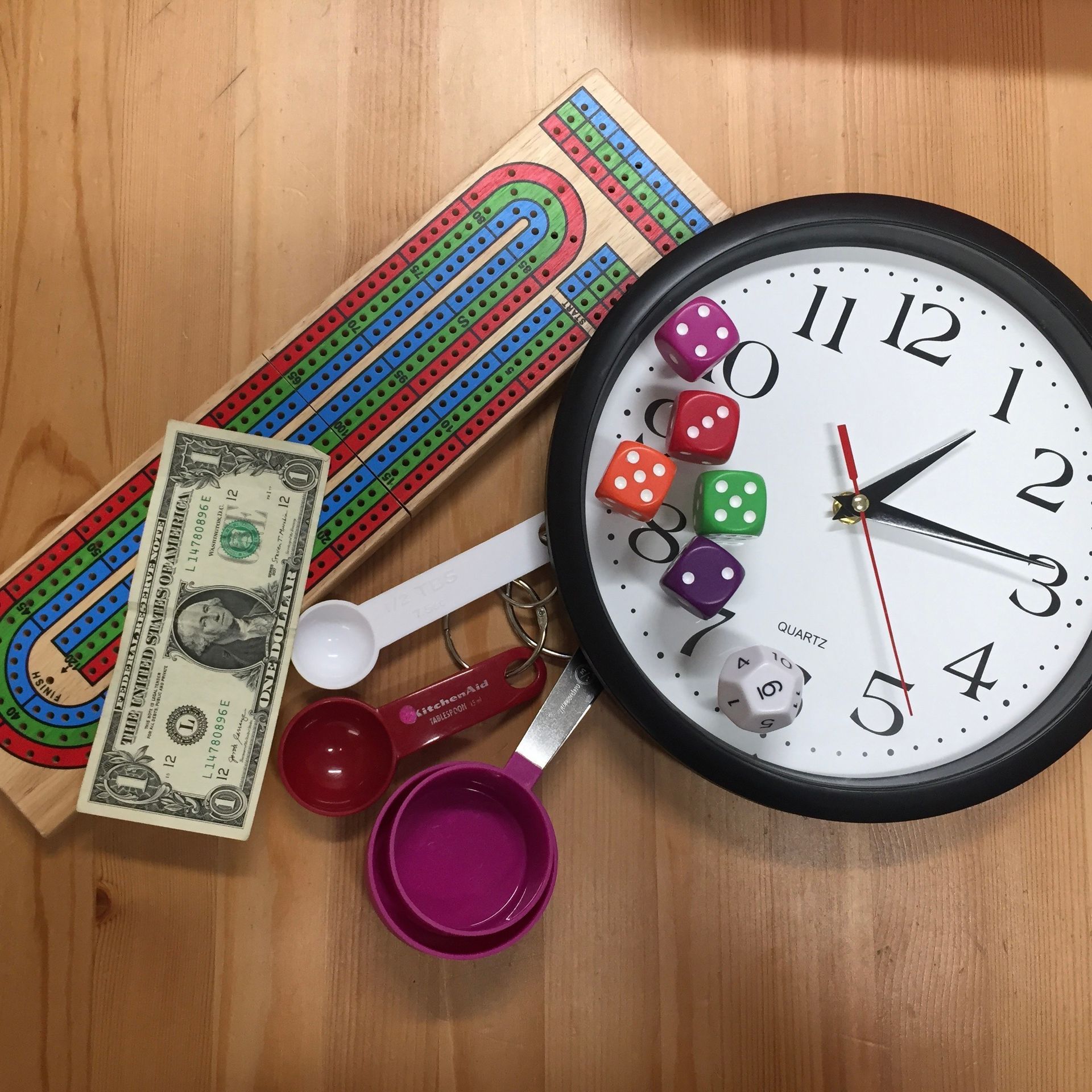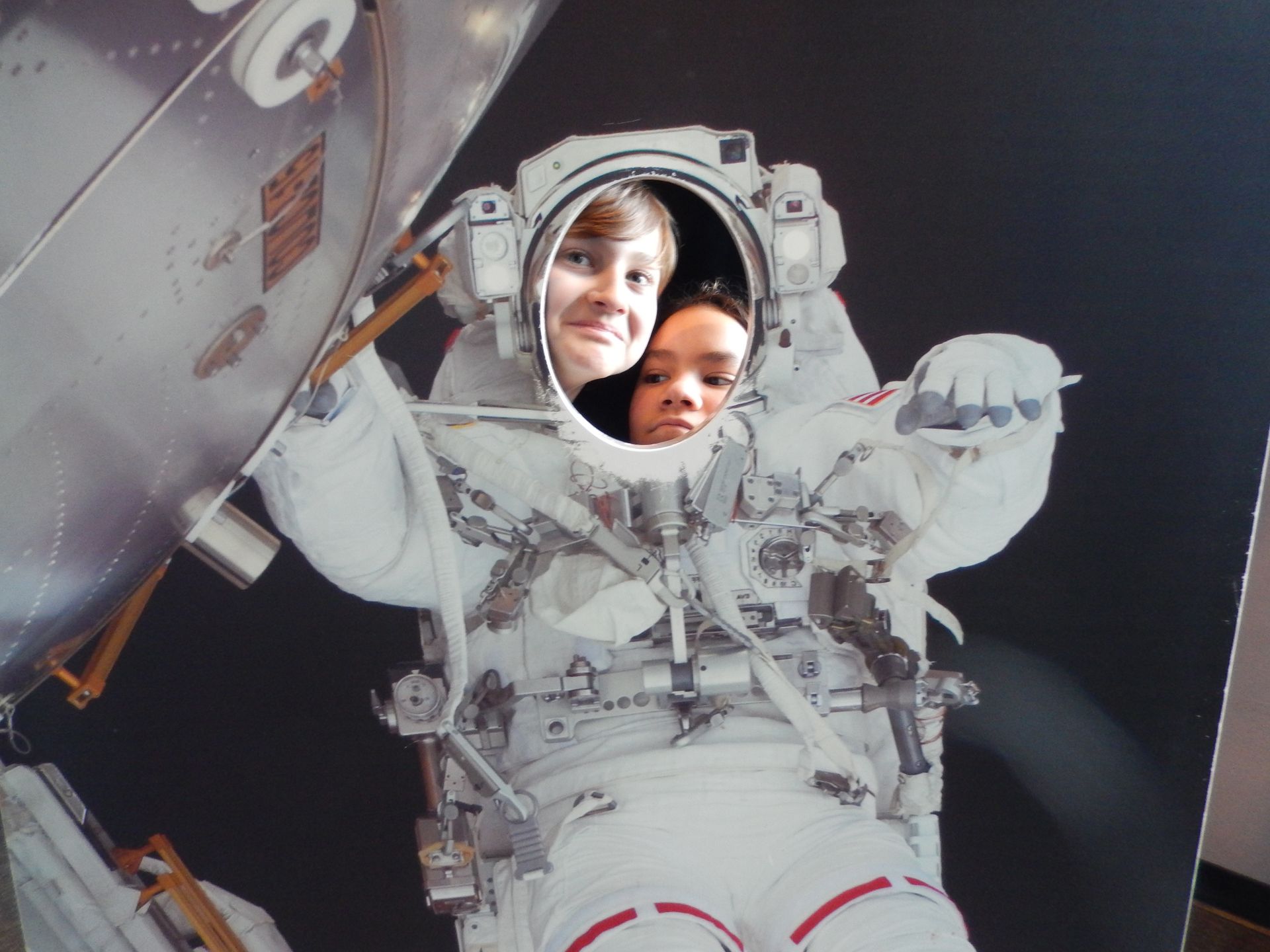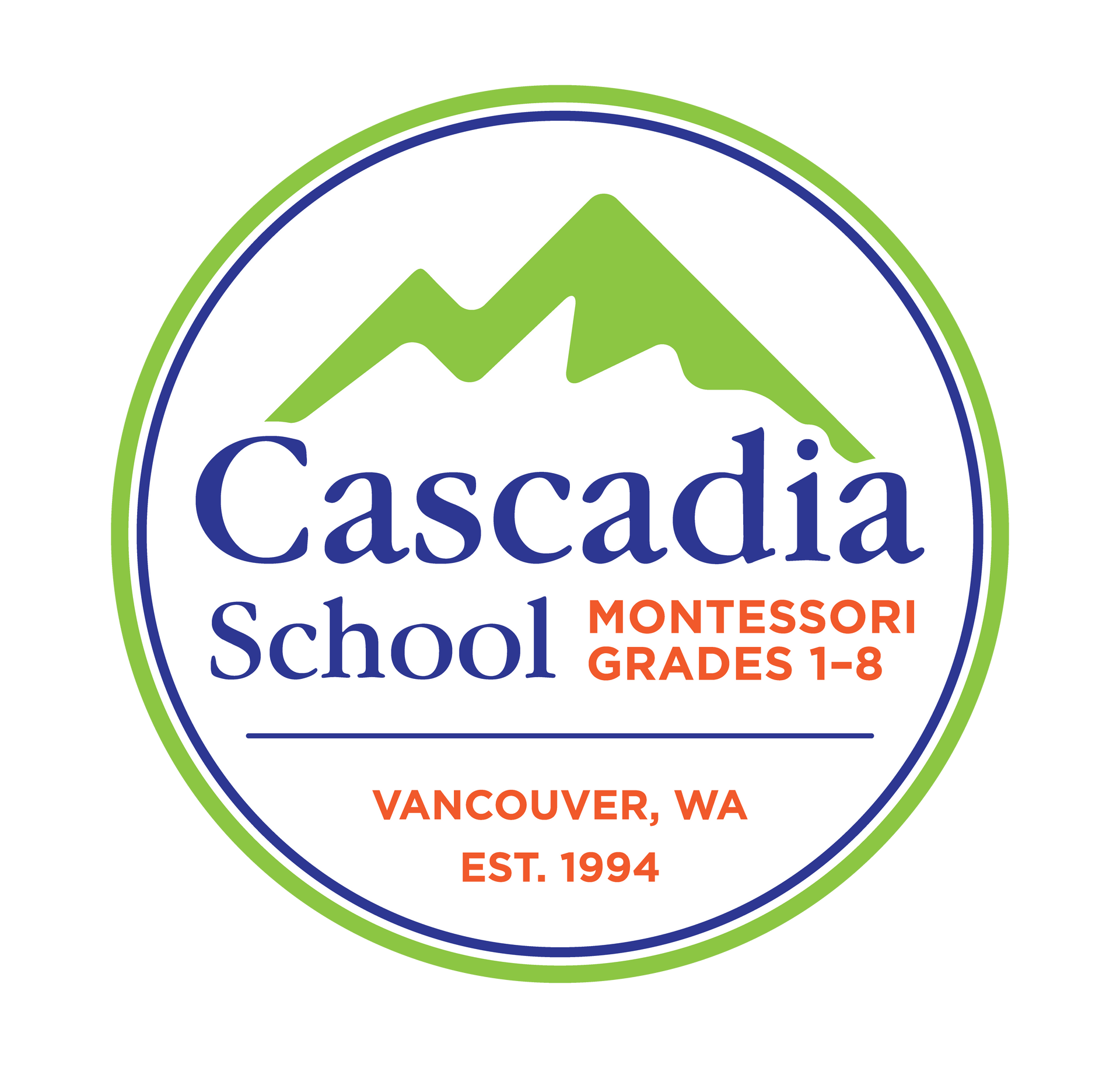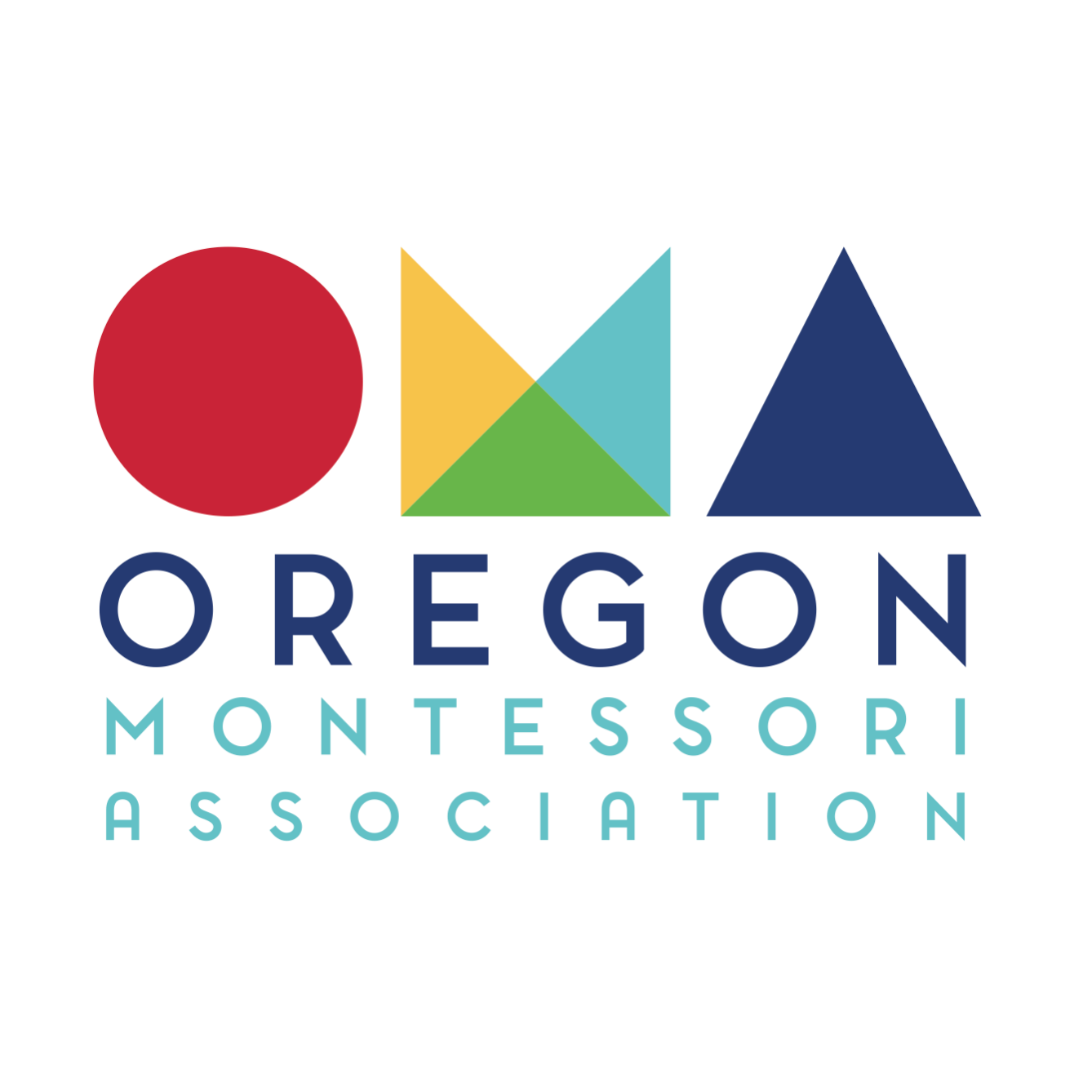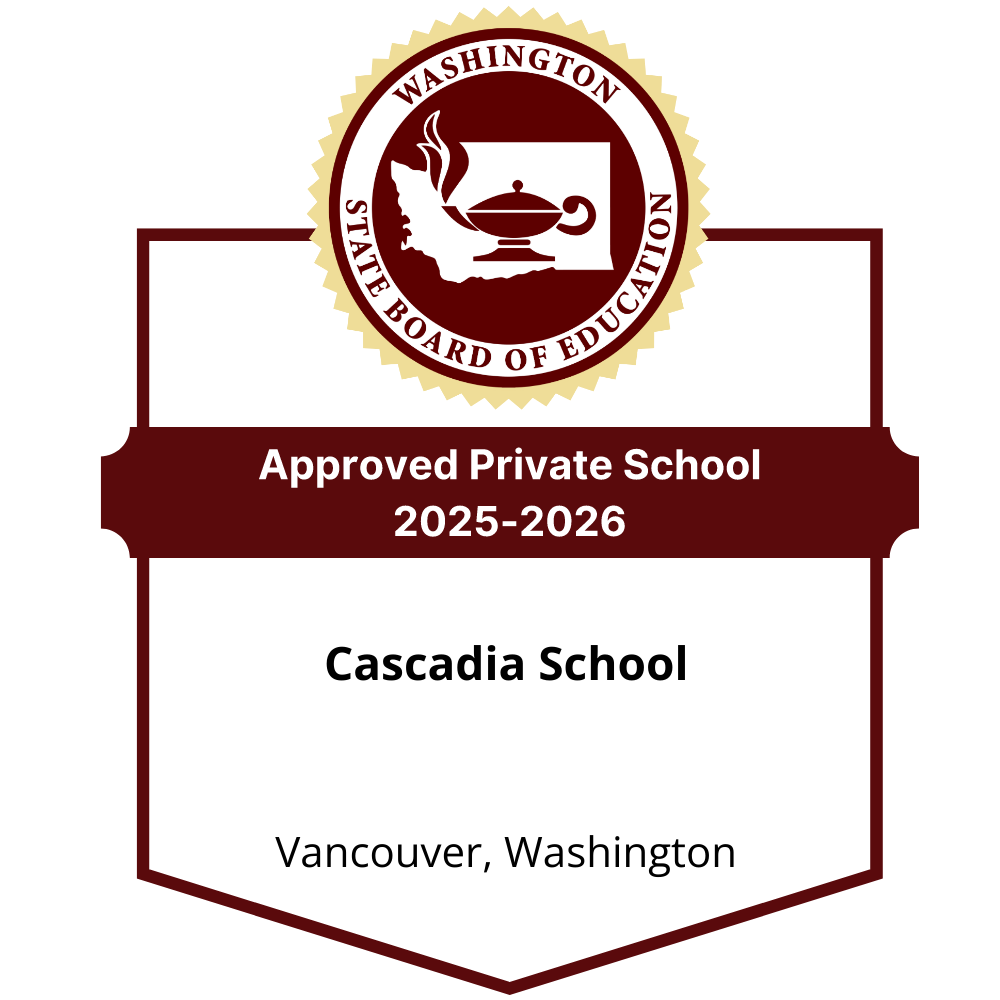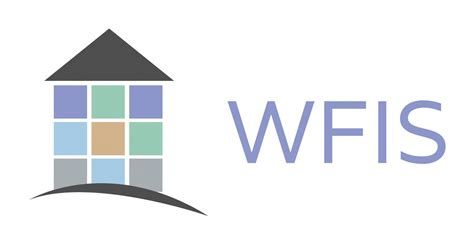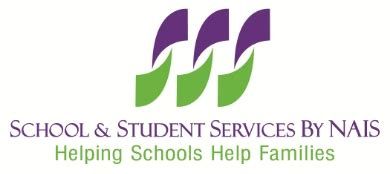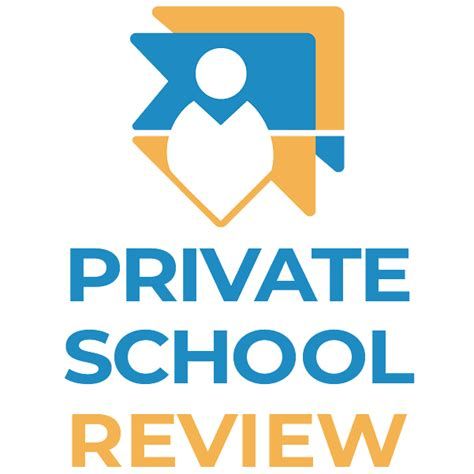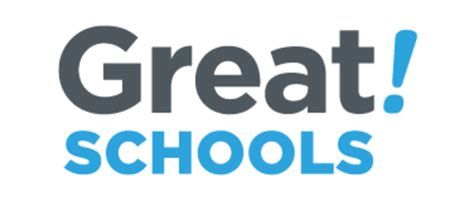Parallel, Convergent and Divergent Lines
Dear Maria,
What's with the tape on the floor in the hallway?
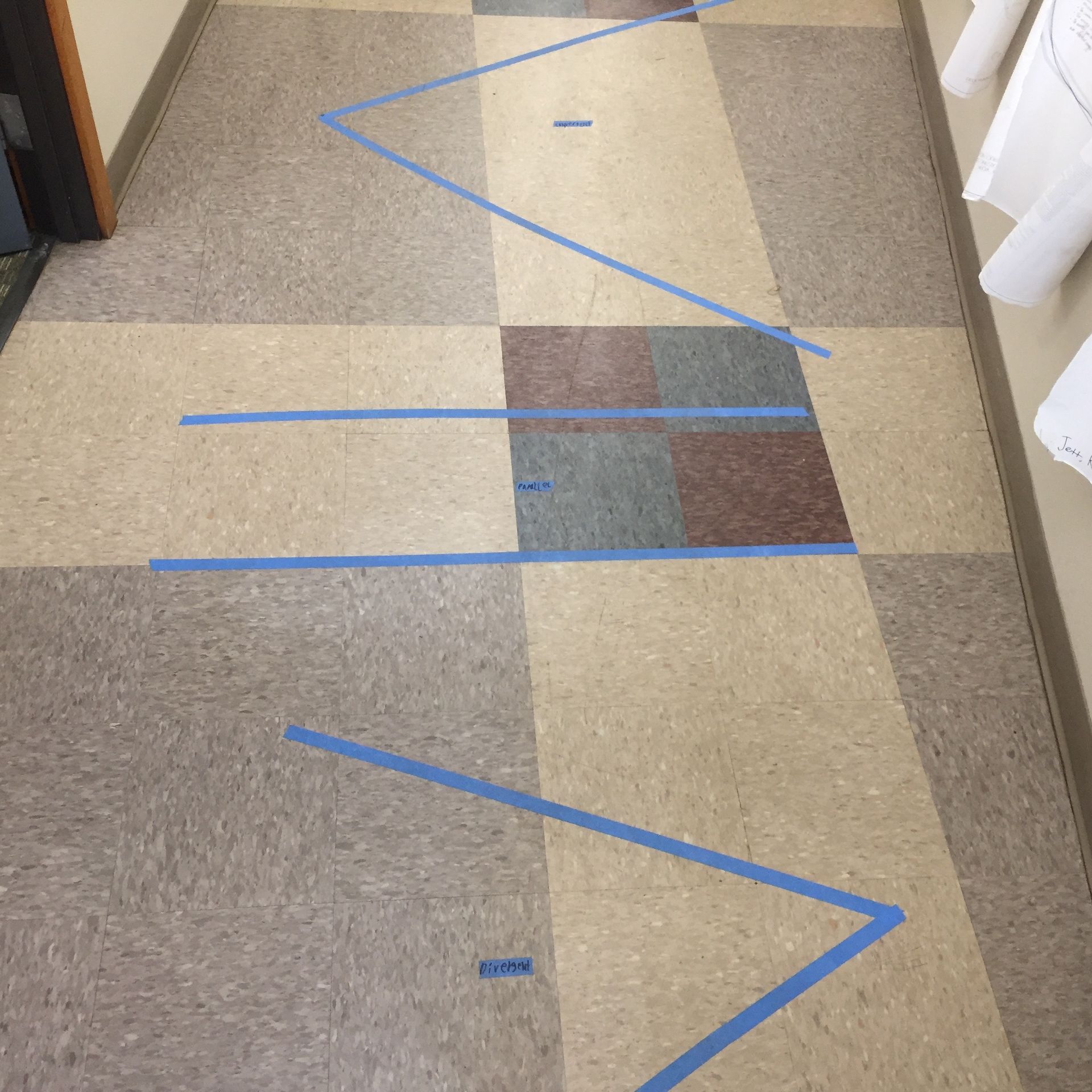
If you’ve been in the hallway last week, you may have noticed blue tape patterns all over the floor! This was two Lower Elementary students’ follow up work* after receiving a fascinating lesson on types of lines.
Before delving into the lesson, I’d like to tell you about why Montessori kids get so much Geometry, so early. Children have lessons in Primary with
sensorial
materials
that target sensory, motor, and language skills. Elementary Geometry lessons include chapters on lines, polygons, congruence, similarity and equivalence, angles, the circle, and area, volume, and surface area. Geometry is part of
Cosmic Education, so all of it is rich with vocabulary and language, artistic elements, and stories from history (who was Pythagorus? How and why did people use the right angle? Why are there 360 degrees in a circle? Who discovered pi, and how did they do it?) This appeals to elementary students’ fascination with the “whys” of the world and with their emerging powers of reasoning.
Now for the lesson on parallel, convergent and divergent lines:
Once children have been introduced to the abstract concept of the geometric line (line, point, plane, end-point, ray, line segment…) and know about horizontal and vertical lines, they learn about convergent, divergent and parallel lines in a wonderfully playful way.
There’s a story we tell about two children, using a box of sticks and some paper figures of children. In one scenario, the children are walking along two parallel lines, with ambivalent expressions on their faces - they will never meet. Parallel lines go on and on forever, and never meet - what do we think about that? The children are neither happy nor sad, because they don’t even know the other child exists.
In a second scenario, two children are each walking along a line - and the lines will meet at a common point! They look very happy! These are called convergent lines, from the latin word vergere (to bend or turn) and the prefix con-, which means “with”.
In a third scenario, two children have just had a great time playing together, but they are walking along two lines that are moving away from one another, and will never meet again. The two children look pretty sad, don’t they? These two lines are divergent lines. That word has the same Latin root, vergere, and the prefix dis- meaning “apart”.
At this point, children would probably want to try out making parallel, convergent and divergent lines on their own. There are many ways to do so - continuing with the box of sticks, using paper, pencil and ruler, using string and a cork board and thumbtacks, tape on the floor, or their own bodies! They might want to write a story about the children on the lines, practicing using the new vocabulary.
With stories, concepts come alive and excite the imaginations of Elementary students.
For more on Montessori Geometry, see these blogs:
https://renaissancemontessorischool.org/blog/2020/2/20/e1tn120m31q4atgljdj80lwbdzeo53
https://amshq.org/Blog/2023-01-09-A-New-Look-at-Psychogeometry
*Follow up work is schoolwork a student or group of students does after being in a lesson with their guide. Some possible follow ups: repeating the steps their teacher showed them, doing further investigation or research in a topic, by making drawings, charts or booklets, making up their own problems, etc. Guides may give options and ideas for follow-up work, but students often may come up with their own ideas. Just as an example, two students chose the follow up you see in the picture. But another group of students made up a skit, demonstrating their knowledge of lines by having the group members act out the concepts.



